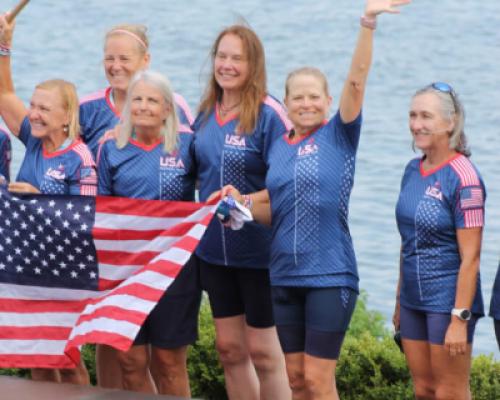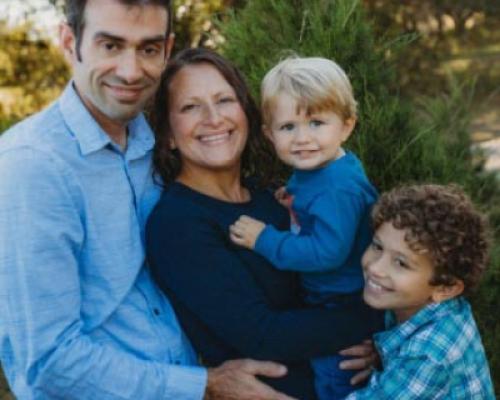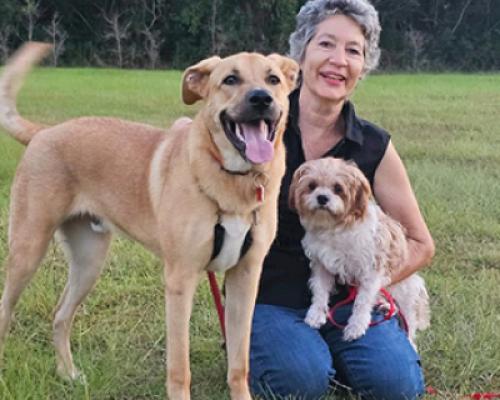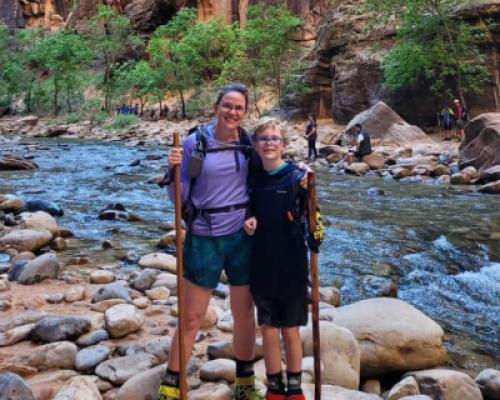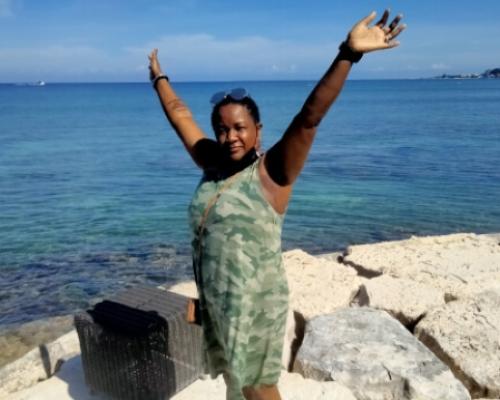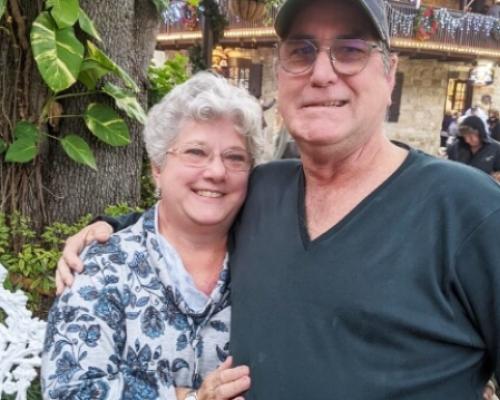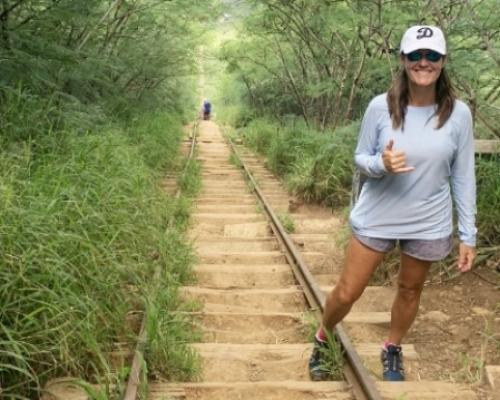Proton Alumni Spotlight: Pam Reckner
Pam Reckner recently returned from Germany where she was a member of the first Breast Cancer Paddlers (BCP) division racing at the IDBF World Dragon Boat Racing Championships.
Survivor Spotlight: Leska Cipolla
Pregnant with her oldest son, Leska Cipolla found out that she was BRCA positive, which meant she had a higher risk of developing breast cancer. With a family history of breast cancer (her mom and two sisters), and being a nurse herself, Leska was proactive in her healthcare.
Survivor Spotlight: Debbie Elert
When Debbie Elert was diagnosed with breast cancer on the left side, she knew maintaining her strength and getting back to her work as soon as possible were important.
Survivor Spotlight: Melissa Breedlove
Melissa Breedlove shares her breast cancer story as she believes so many more breast cancer patients could benefit from proton therapy.
Elaine Carter – Her Decision to Have Proton Therapy for Cancer in the Left Breast
A year ago, Elaine Carter was faced with a decision. A regular screening mammogram led to a diagnosis of breast cancer in her left breast.
Maureen “Moe” LaTour – Nurse Chooses Proton Therapy for High-Risk Breast Cancer Treatment
When she was diagnosed with high-risk breast cancer in 2017, Maureen “Moe” LaTour had an advantage. She had nearly 40 years of experience as a nurse.
Allison Kijek – Her Search for the Best Breast Cancer Treatment Led to Proton Therapy
An on-the-go military spouse and mom, Allison Kijek is used to keeping her options open. So when she was diagnosed with breast cancer in 2017, she researched and got a second opinion.

